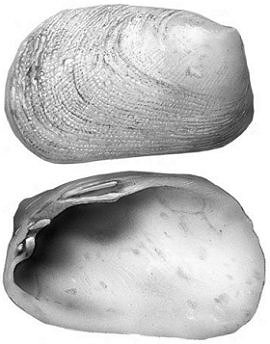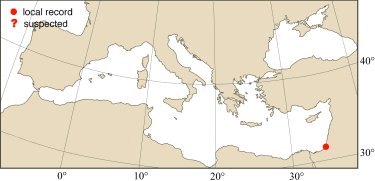
|
Relevant Synonyms
Misidentification
|
|
| drawing: Tuvia Kurz |
|
SHORT
DESCRIPTION
color :
creamy white.
common size :
to 60 mm in length. |
DISTINGUISHING CHARACTERISTICS
BIOLOGY / ECOLOGY
habitat :
nestling in crevices or beneath coral debris and rocks (Oliver, 1992). |
|
1st
Mediterranean record
|

|
|
DISTRIBUTION
|
ESTABLISHMENT SUCCESS
speculated reasons for success :
|
|
|
MODE OF
INTRODUCTION |
IMPORTANCE TO
HUMANS |
|
KEY
REFERENCES
|
|
|
 Cardita carinata Brugière, 1792
Cardita carinata Brugière, 1792